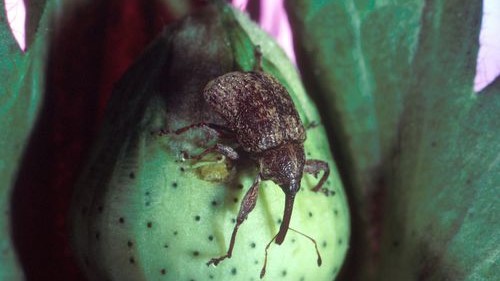The savanna in Africa is a large region of tall grasses. It is dotted by trees and herds of animals. It reaches from the Atlantic Ocean in the west to the highlands of the present-day country of Ethiopia in the east.
In the drier parts of the savanna, broad rocky plains are crossed by deep ravines. Farther south, the region becomes wetter, with rolling hilly grasslands good for grazing herds of animals. Many nomadic peoples raise their goats, sheep, and cattle on the savanna.
The savanna has two seasons—wet and dry. During half the year, it rains, and rains, and rains. During the other half of the year, the air is dry and hot. This is called the “dry season.”
There is enough rain to grow many crops on the savanna. These include grains such as corn, sorghum, and millet. Farmers also produce beans, peas, squash, melons, and okra. In areas with more rainfall, farmers grow rice, oranges, lemons, limes, and yams. Farmers clear their fields by burning the plants and then using the ashes as fertilizer.









